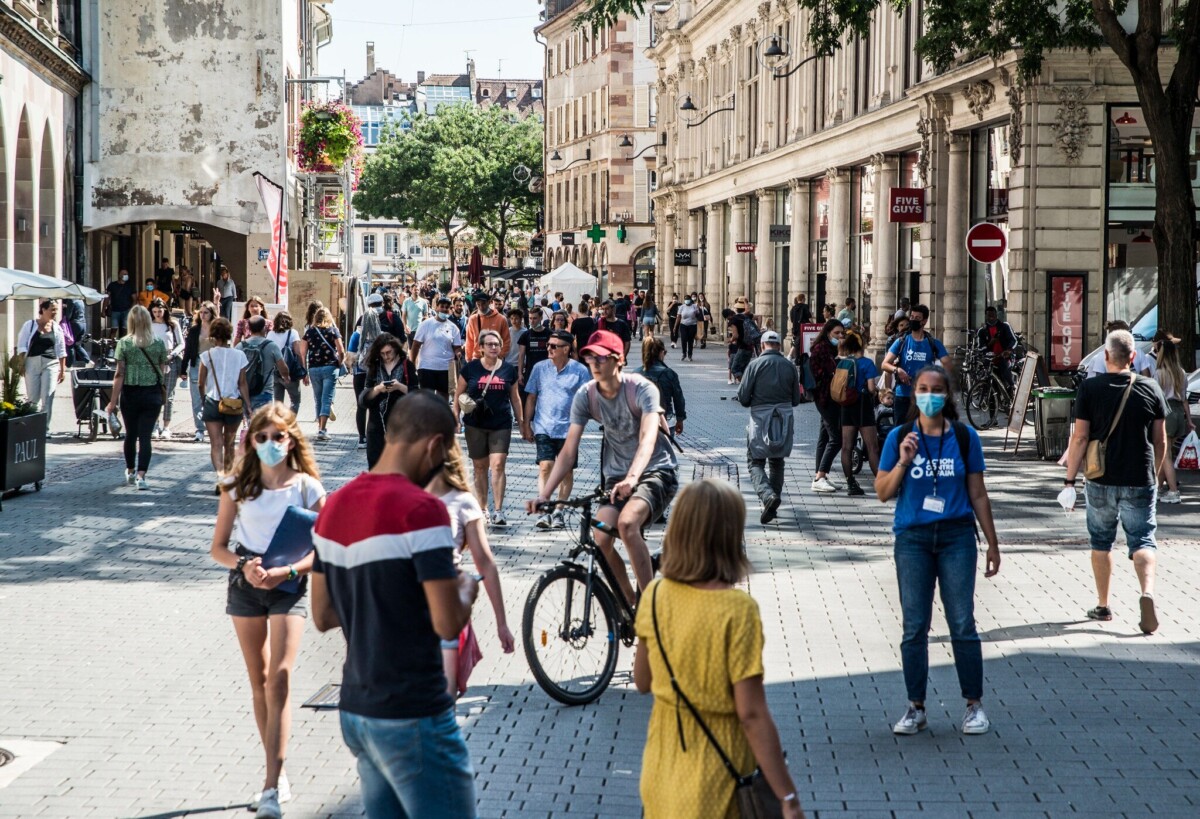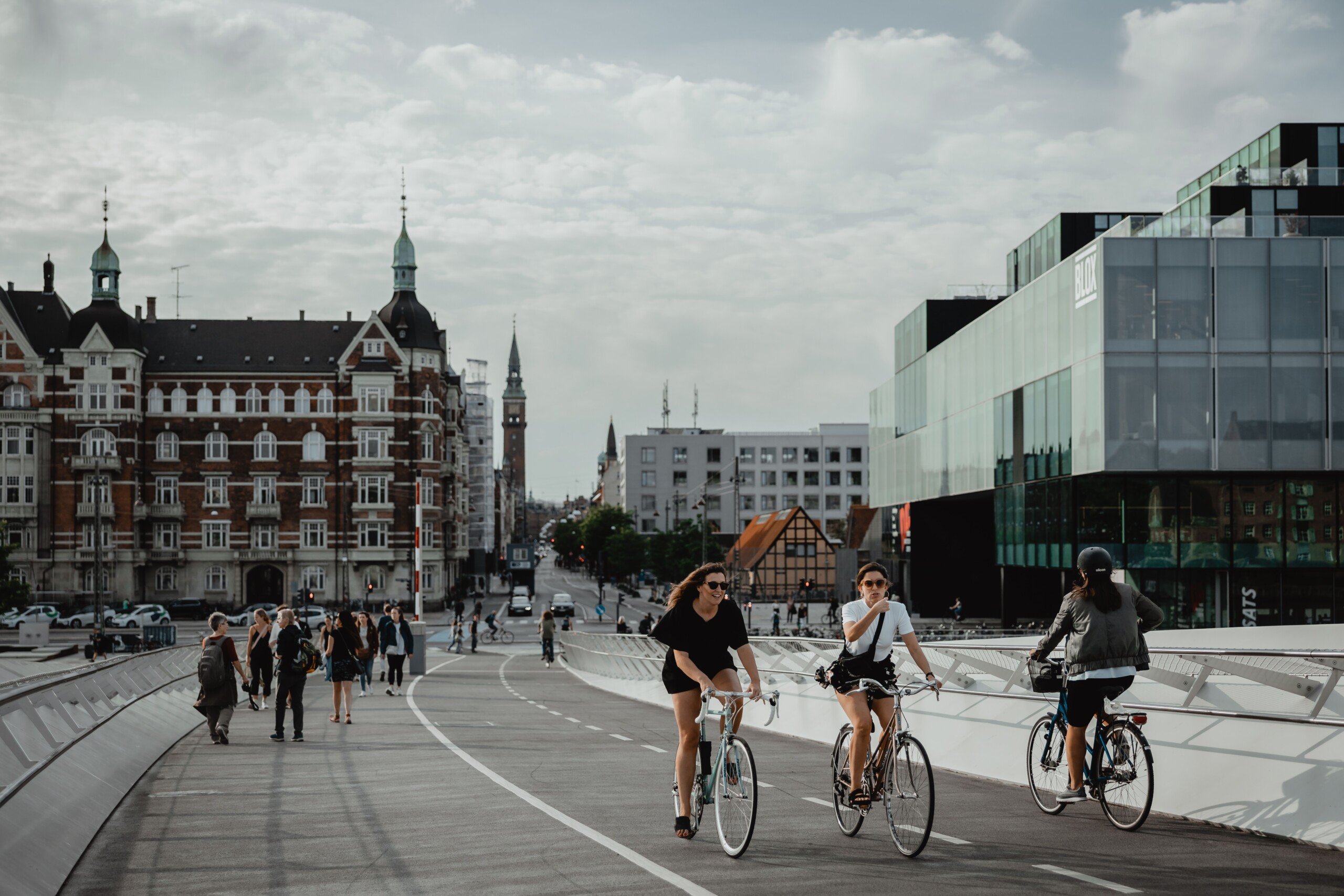In October, the 2022 road safety report highlighted interesting figures. Of the 537 pedestrians killed last year, including 488 in mainland France, only one cyclist was involved. For the vast majority of cases, motor vehicles are the cause. More generally, questions continue to arise about the quantity of urban space dedicated to cars, cyclists and pedestrians.
With a sharp increase in cycling since Covid, three main categories of users must share circulation spaces that are sometimes restricted for each other: these are obviously motorists, cyclists and pedestrians, who must respect strict rules for the well-being of everyone.
The 2022 road safety report – relayed by Release – focuses in particular on the number of pedestrians killed last year, 537 in total, including 488 in mainland France. The French newspaper highlights a specific fact: a single accidental death involves a cyclist, compared to two due to EDPM – of the electric scooter type.
For the rest of the cases, motorized vehicles are necessarily the cause, with cars in the lead (329 cases). In mainland France alone, the report indicates that 302 pedestrians died in urban areas, representing the majority of pedestrian deaths. In short, clearly, cars, heavy goods vehicles and motorized two-wheelers kill more than cyclists.
The number of seriously injured pedestrians is falling in urban areas
If we have focused here on accidental deaths, let us now look more closely at the number of seriously injured pedestrians. We could naturally think that it has increased since 2019 – the reference year before Covid -, given the number of cyclists there are now on the roads, and who also coexist with pedestrians.
Paradoxically, no. “ In urban areas, the number of seriously injured pedestrians is much higher than outside urban areas, it will decrease in 2022 regardless of the age group.“, we can read.
The graph clearly shows that in 2022, the number of serious injuries has decreased compared to 2019 – without knowing the precise figures -, particularly among those aged 55 and over, but also among those aged 25 – 54 and 0 – 24 years old. Should we see here a policy of effective cycling facilities? Why not.

These figures can be put into perspective with recent municipal decisions, which prohibit cycling in certain pedestrian zones in the city center. This is particularly the case in Lille, Agen and Nice during the summer.
This can obviously be admissible if the density of pedestrians does not allow cyclists to circulate. In this case, you might as well ban them to avoid any stupid collisions and guarantee the safety of pedestrians. But as pointed outReleasemany associations say they are against this type of measure.
Bans that don’t change much
For them, these restrictions can extend travel time and discourage cycling, explains the French newspaper. In this case, it could be interesting to install cycling infrastructure within a pedestrian zone, in order to delimit and share the space between each user.

However, can these bans really extend the travel time of cyclists? Not really, in the sense that “cycle drivers can circulate on pedestrian areas in both directions, unless different arrangements are made by the authority vested with police power, on the condition that they maintain their walking pace and do not cause any inconvenience to pedestrians.», explains Decree No. 2015-808 of July 2, 2015.
In other words, cyclists are supposed to travel at a walking pace, around 6 km/h, in pedestrian zones. A relatively slow pace which forces them to slow down enormously and which logically extends their travel time. For reasons of congestion and security, the mayors actually want to impose pied-à-terre here.
More space for pedestrians and cyclists
From all these figures and all these decisions arise interesting questions and issues relating to the arrangement of space between cars, cyclists and pedestrians. The mortality figures are to the disadvantage of cars, to which 50 to 80% of urban space is dedicated.
Finally, shouldn’t cities simply think more and more – and this is already the case for some – about new infrastructures designed for cyclists and pedestrians, the two categories of users most vulnerable to motorized vehicles? , in order to make them coexist in complete harmony.
Want to join a community of enthusiasts? Our Discord welcomes you, it is a place of mutual help and passion around tech.
